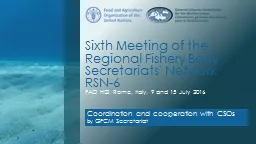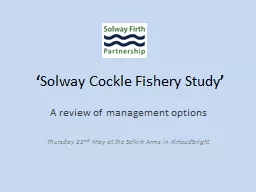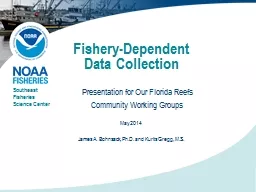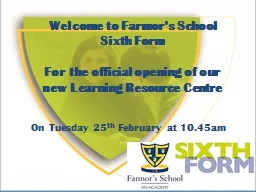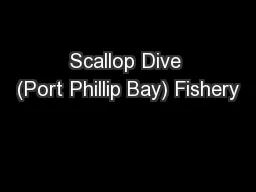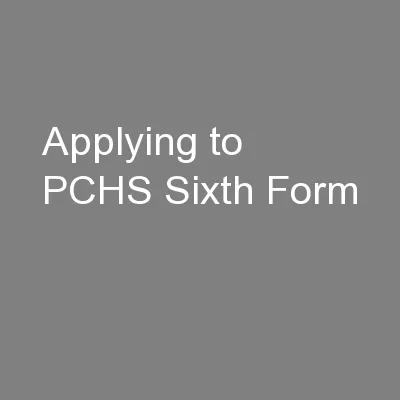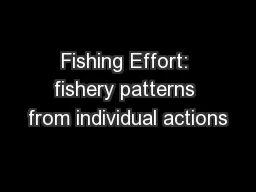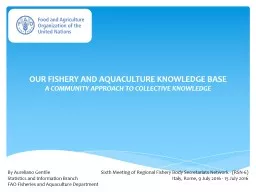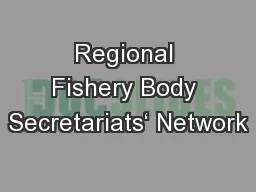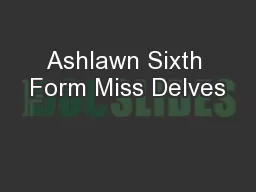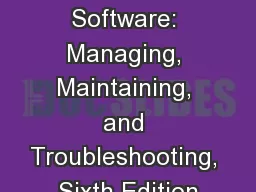PPT-Sixth Meeting of the Regional Fishery Body Secretariats' Ne
Author : danika-pritchard | Published Date : 2017-10-02
RSN6 FAO HQ Rome Italy 9 and 15 July 2016 Coordination and cooperation with CSOs by GFCM Secretariat Background According with internal rules of the FAO two
Presentation Embed Code
Download Presentation
Download Presentation The PPT/PDF document "Sixth Meeting of the Regional Fishery Bo..." is the property of its rightful owner. Permission is granted to download and print the materials on this website for personal, non-commercial use only, and to display it on your personal computer provided you do not modify the materials and that you retain all copyright notices contained in the materials. By downloading content from our website, you accept the terms of this agreement.
Sixth Meeting of the Regional Fishery Body Secretariats' Ne: Transcript
Download Rules Of Document
"Sixth Meeting of the Regional Fishery Body Secretariats' Ne"The content belongs to its owner. You may download and print it for personal use, without modification, and keep all copyright notices. By downloading, you agree to these terms.
Related Documents

